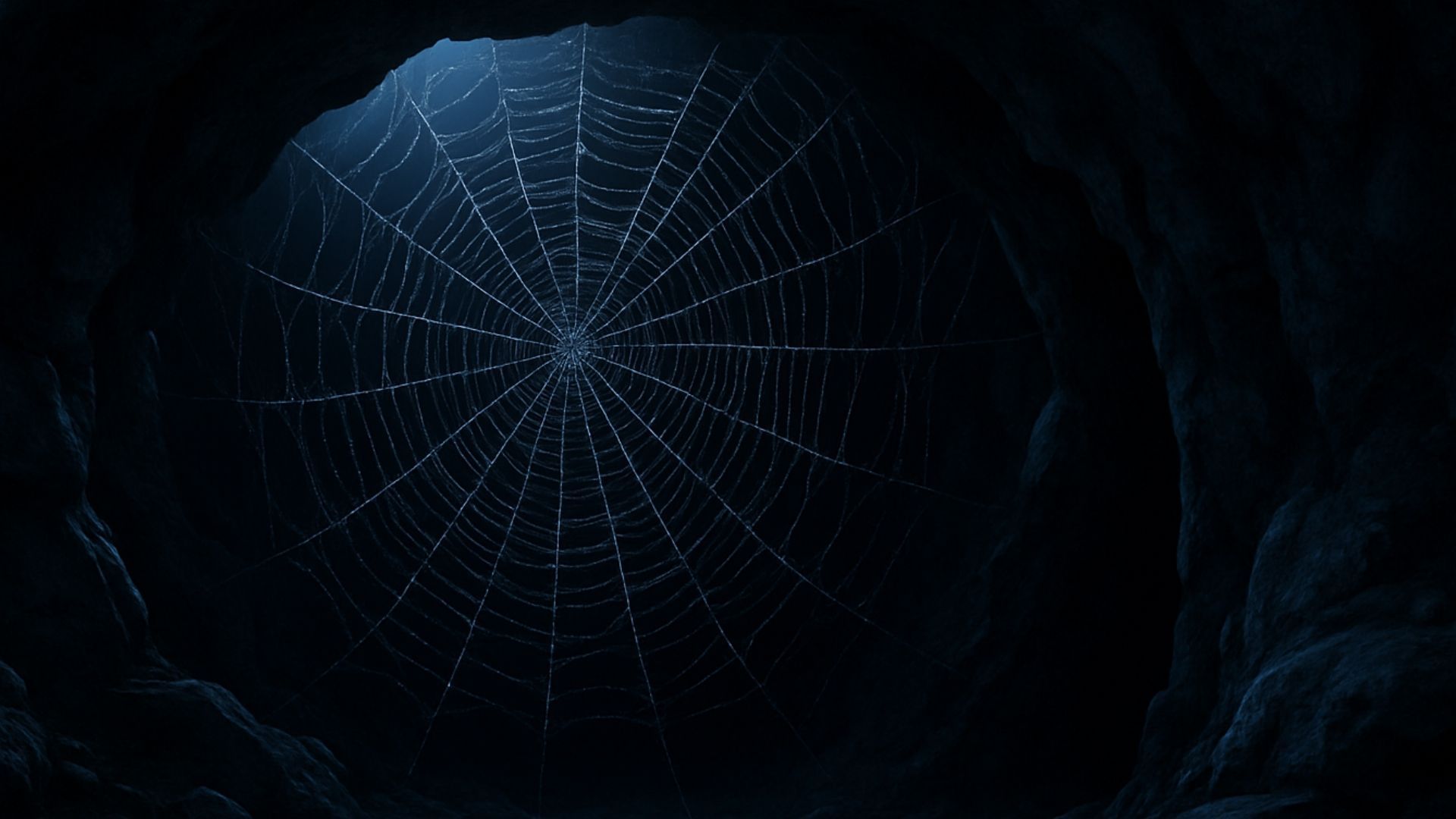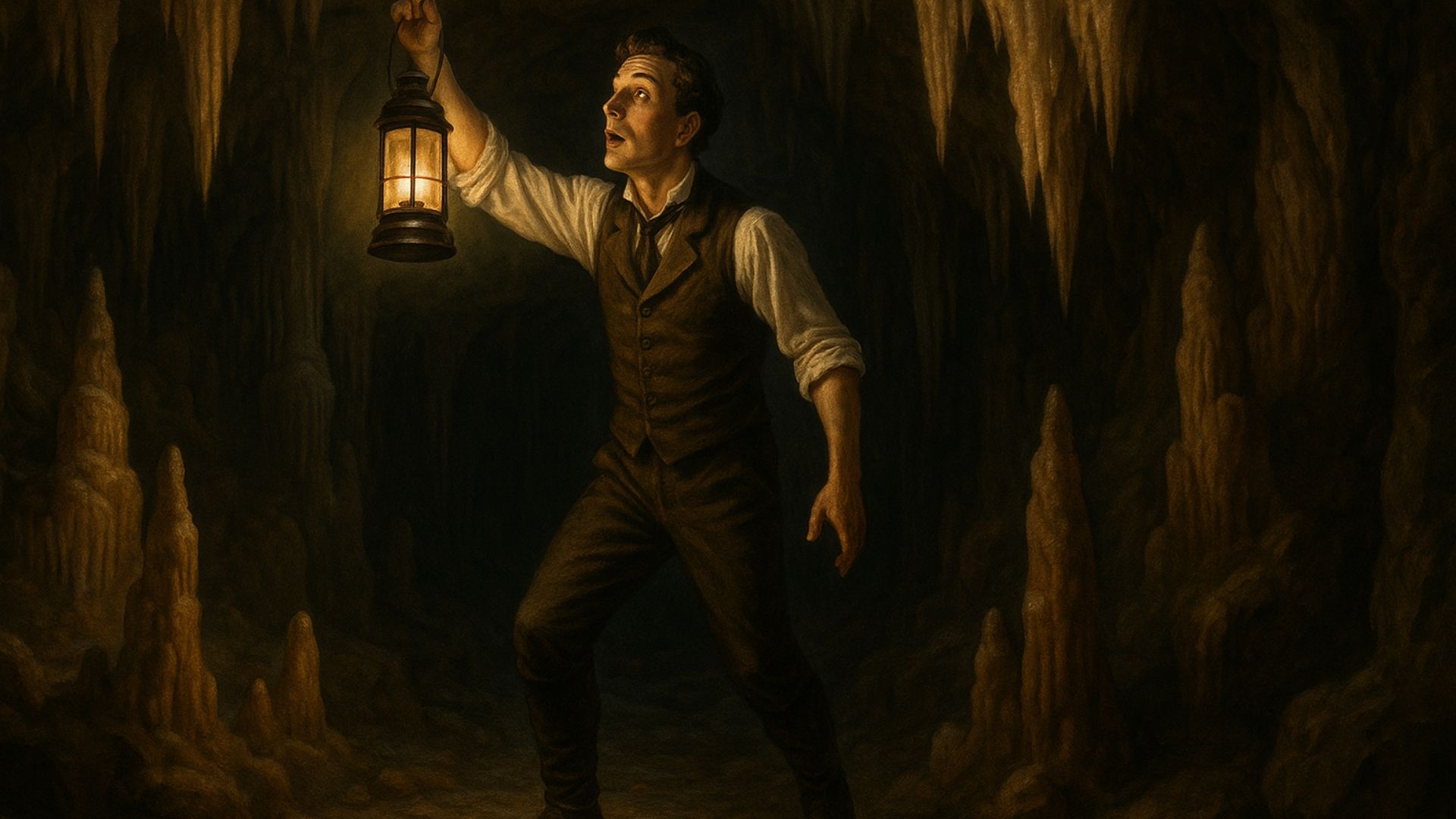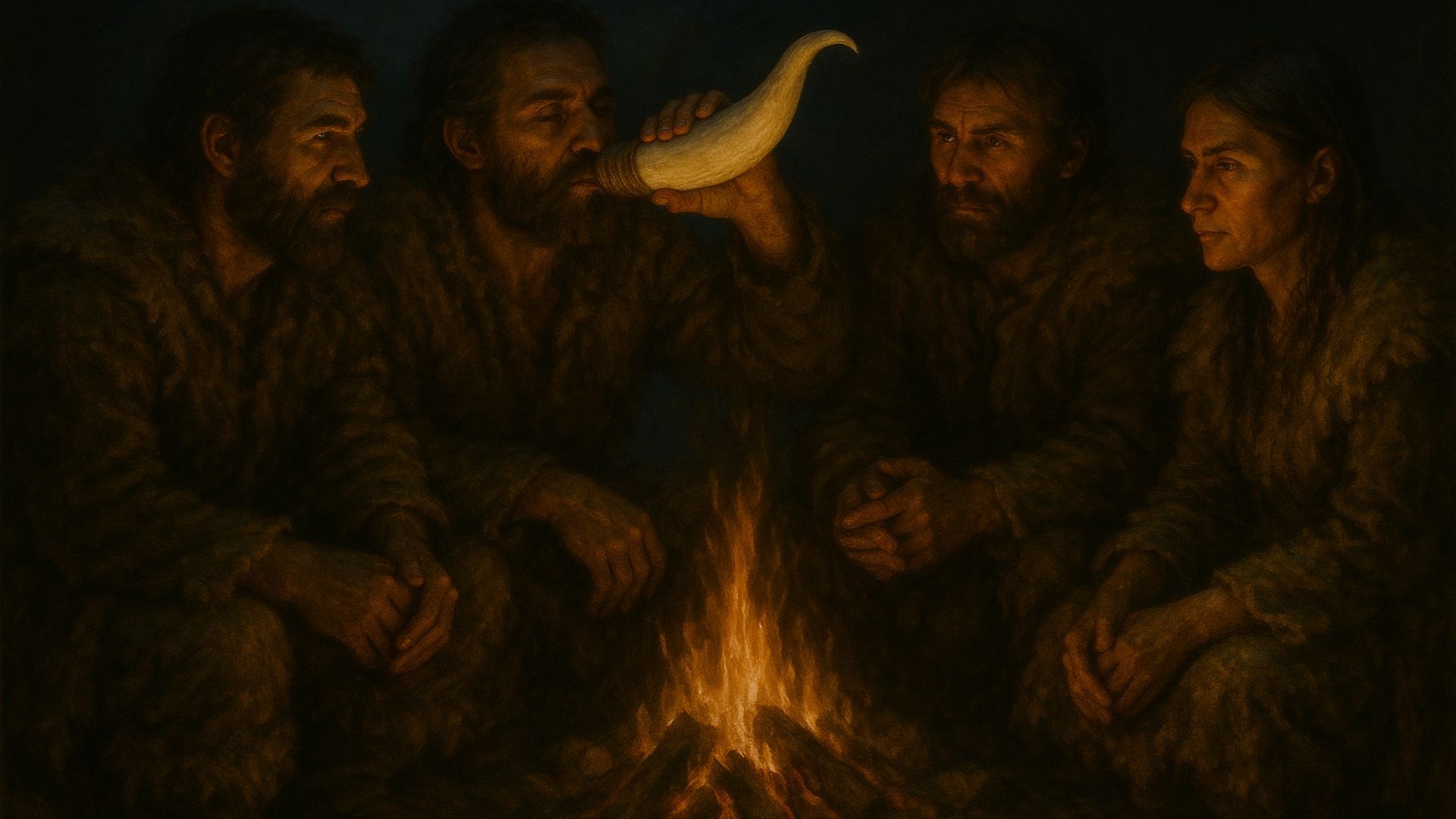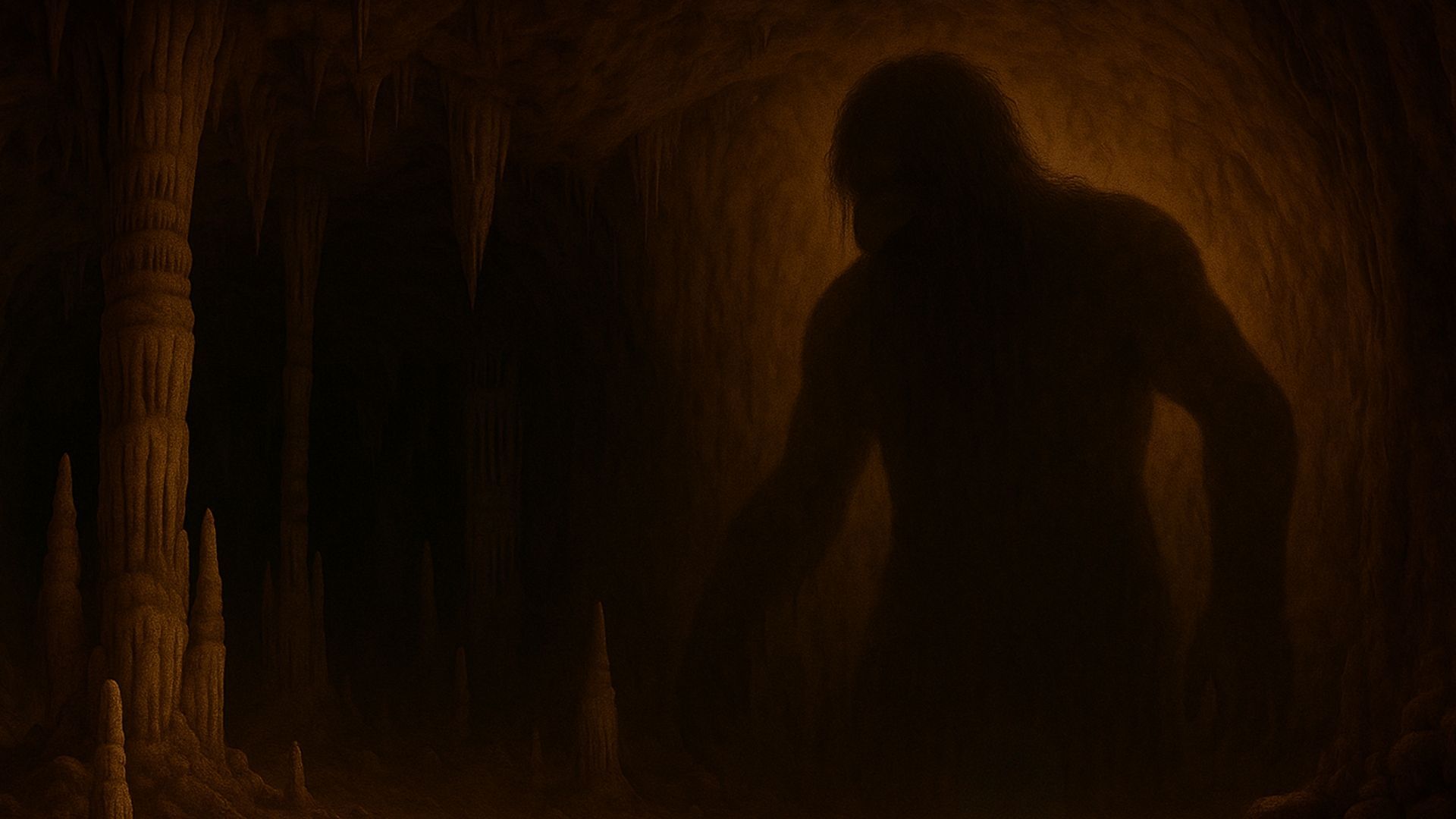Scientists have discovered the world's oldest cave art in Indonesia. Learn what it says about our ancient past.
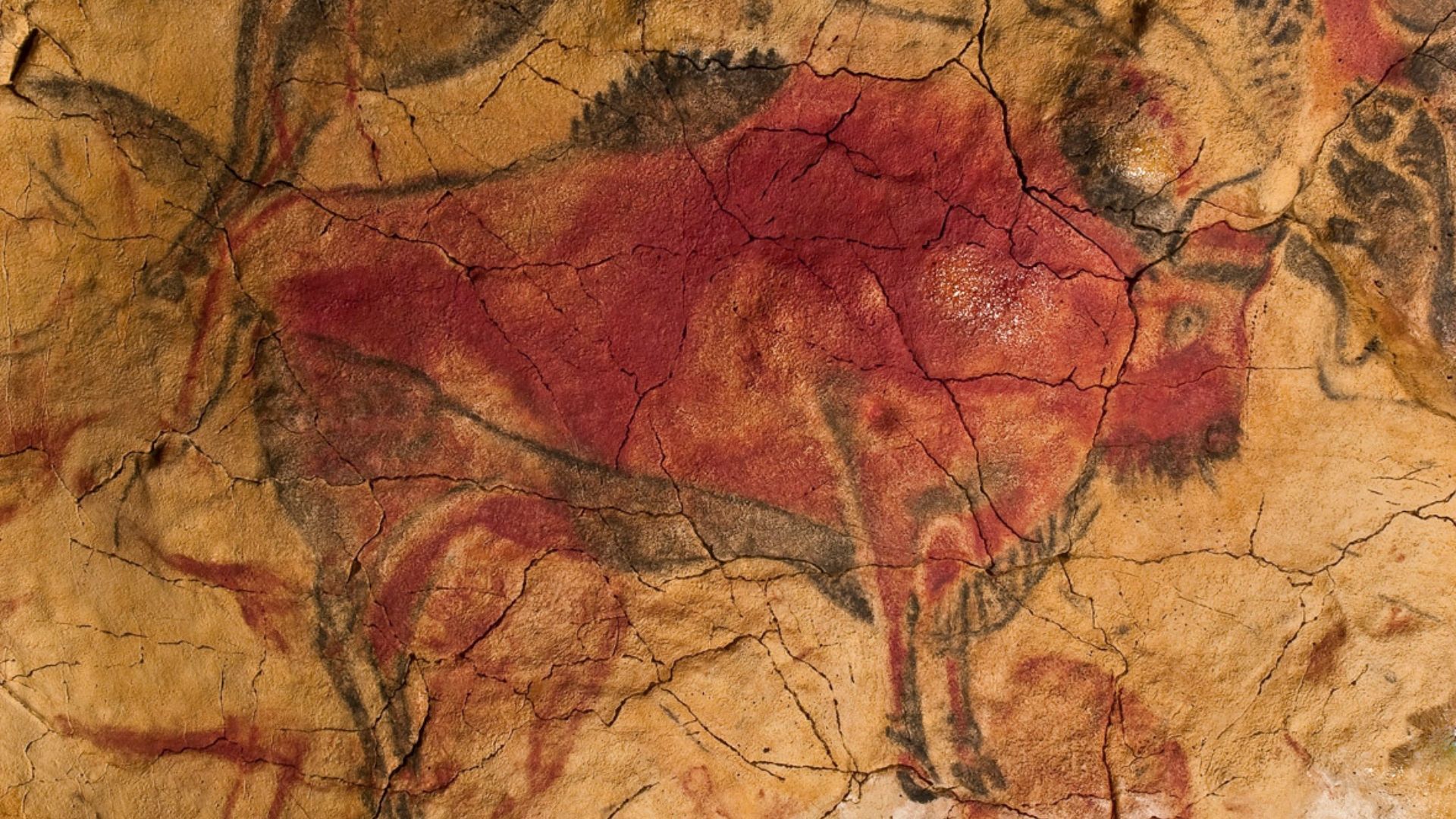
In July 2024, the oldest cave art in the world was discovered on the Indonesian Island of Sulawesi by a team of Australian and Indonesian scientists.
Found in the limestone cave of Leang Karampuang, in the Maros-Pangkep region of South Sulawesi, the painting appears to show a wild pig and three humans or human-like figures.
The team believes it's at least 51,200 years old, making it 5,000 years older than the previous record-breaker. Could this mean that humans were capable of creative thought earlier than we thought?
It's a fascinating discovery that could have far-reaching ramifications for our understanding of human history. Let's take a closer look…
What does the painting show?
Much has been made of the representational nature of the cave art and the story that it tells. But it's not immediately obvious what we're looking at.
There appears to be a pig, standing still with its mouth partly open, and three human figures – possibly human-bird hybrids.
The largest human figure seems to be holding a rod or other tool. The second figure also seems to be holding a stick that could be touching the pig's throat. The third and final figure appears to be upside down and splayed out, reaching out and touching the pig's head with one hand.
What are we looking at here? Scientists believe it's a hunting scene, but we have no way of knowing whether it was drawn from life or from the imagination.
What does the discovery tell us?
The first thing that the cave art tells us is that people were painting on cave walls earlier than we thought – at least 5,000 years earlier.
But it's not just our timeline of representational art that has to be reassessed. It's also the timeline for creative thought. A painting of living creatures, whether drawn from life or the imagination, is an evolutionary step ahead of geometric patterns.
Before this discovery, the oldest known drawings were geometric patterns found on rocks in the Blombos Caves of southern Africa. These are 75,000 to 100,000 years old. But the Sulawesi painting is both older than these
and representational.
Here's how Professor Maxime Aubert from Griffith University, Australia, puts it: "The painting tells a complex story. It's the oldest evidence we have for storytelling. It shows that humans at the time had the capacity to think in abstract terms."
We don't know when this shift occurred. It seems, however, that something happened to human consciousness around 50,000 years ago, shortly before all human-like species died out.
The problem is that we simply don't have enough evidence to know when or how this change occurred. As Adhi Agus Oktaviana, the Indonesian rock art specialist who led the team, has said, "Words do not fossilise" – in other words, we can only draw conclusions from the paintings that have been discovered.
Dr Henry Gee, the senior editor at
Nature, points out that although "it is very romantic to think that at some point in that time something happened in the human brain… I think it is more likely that there are even earlier examples of representational art".
Nevertheless, the cave art suggests that narrative storytelling was part of ancient Indonesian culture – and that it certainly wasn't unique to Europe. It may be that representational art originated in Africa sometime before the Sulawesi drawings, and spread across the world as humans reproduced and migrated.
How was the drawing dated?
The dating of cave art has developed over the years. The scientists in Sulawesi used a new method called "U-series imaging".



